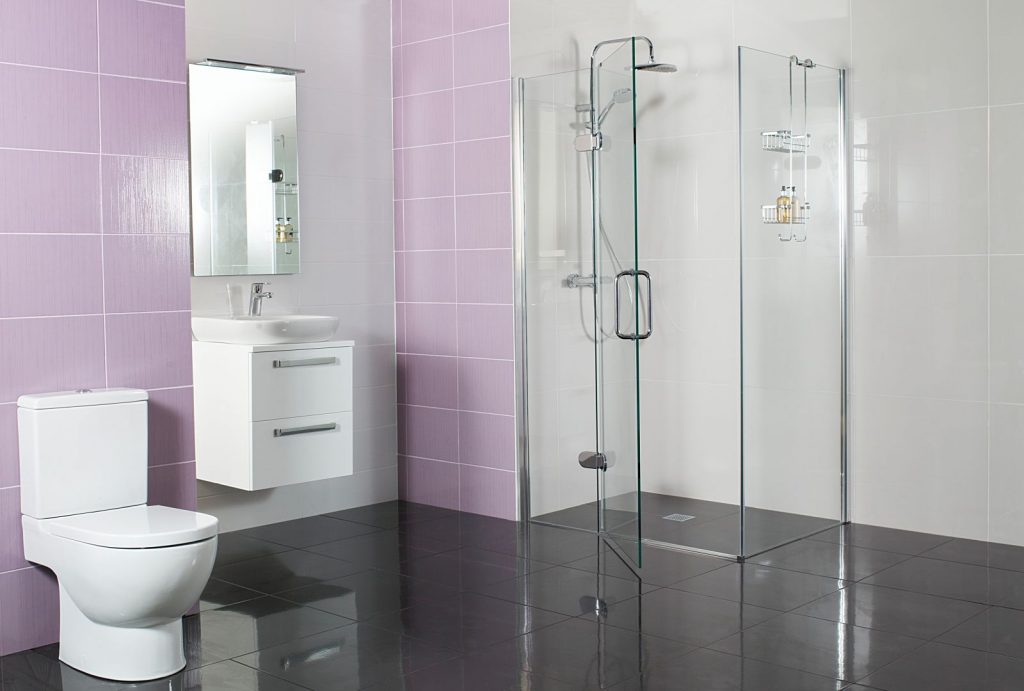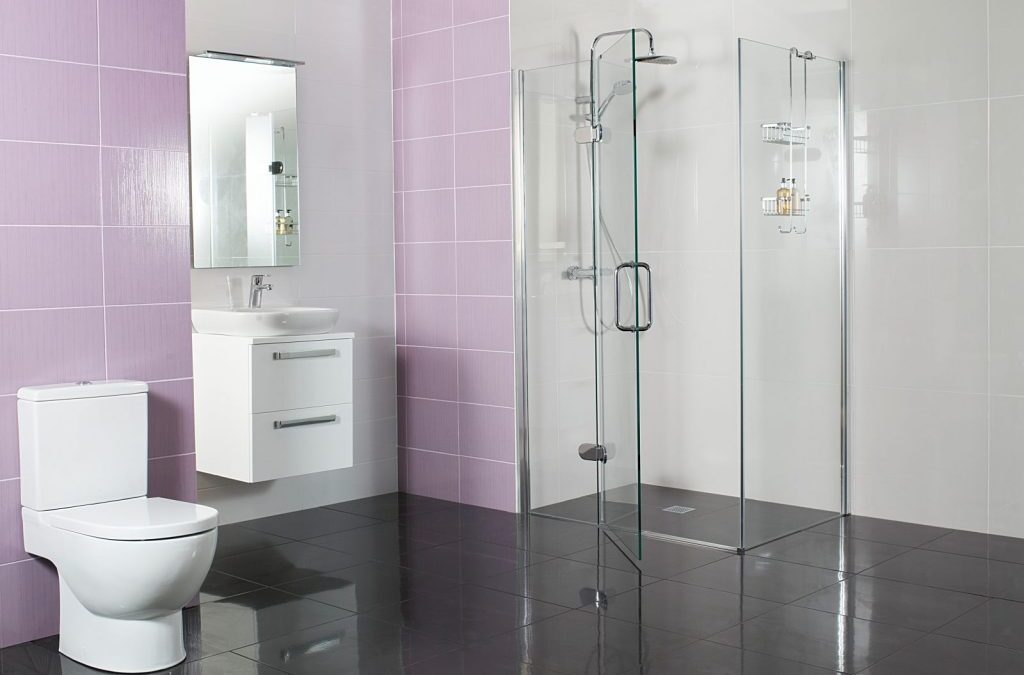
Bathroom Accessibility for Aging Individuals

Bathroom Accessibility for Aging Individuals: Creating Safe Spaces
As we age, our needs and abilities change, and simple tasks that were once taken for granted can become more challenging. One area where this is particularly evident is in the bathroom. The bathroom is a space that we use multiple times a day, and its design can have a significant impact on our safety, comfort, and independence as we age. Let’s explore why accessibility in the bathroom is crucial for aging individuals and how thoughtful design can make a huge difference.
- Safety First:
As we age, our risk of slips, trips, and falls increases, and the bathroom is one of the most common places for these accidents to occur. Wet surfaces, awkward movements, and limited mobility can all contribute to falls in the bathroom. By incorporating accessibility features such as grab bars, non-slip flooring, and no threshold showers, we can create a safer environment that reduces the risk of accidents and injuries.
- Independence:
Maintaining independence and dignity is important for people of all ages, but it becomes especially crucial as we grow older. Accessible bathrooms are designed to accommodate individuals with varying levels of mobility and enable them to perform daily tasks independently. Features such as comfort height toilets, low/no threshold showers, and adjustable showerheads allow aging individuals to maintain their privacy and autonomy while using the bathroom.
- Comfort and Convenience:
The bathroom should be a comfortable and convenient space where individuals can relax and refresh themselves. For aging individuals, this means having features that are easy to reach, operate, and use. Accessible bathrooms often include amenities such as handheld showerheads, elevated sinks and accessible vanities, making it easier for individuals with limited mobility or dexterity to navigate their space comfortably.
- Long-Term Planning:
Investing in bathroom accessibility is not just about meeting immediate needs; it’s also about planning for the future. As we age, our mobility and health may continue to change, and having an accessible bathroom ensures that we can remain safe and independent in our own homes for as long as possible. By incorporating universal design principles into bathroom renovations, we can future-proof our homes and adapt to changing needs over time, plus you can save money long term by staying in your home rather than moving to a new place.
- Emotional Well-being:
Finally, the importance of bathroom accessibility extends beyond physical safety and convenience—it also has a significant impact on emotional well-being. Feeling confident and secure in the bathroom can boost self-esteem and reduce anxiety, particularly for aging individuals who may be dealing with health challenges or limitations. Accessible bathrooms promote a sense of empowerment and control, allowing individuals to maintain their quality of life and sense of dignity.
Accessibility in the bathroom is essential for aging individuals to maintain safety, independence, and comfort as they navigate the challenges of aging. By prioritizing thoughtful design and incorporating accessibility features into bathroom renovations, we can create spaces that support aging in place and enhance overall well-being.
